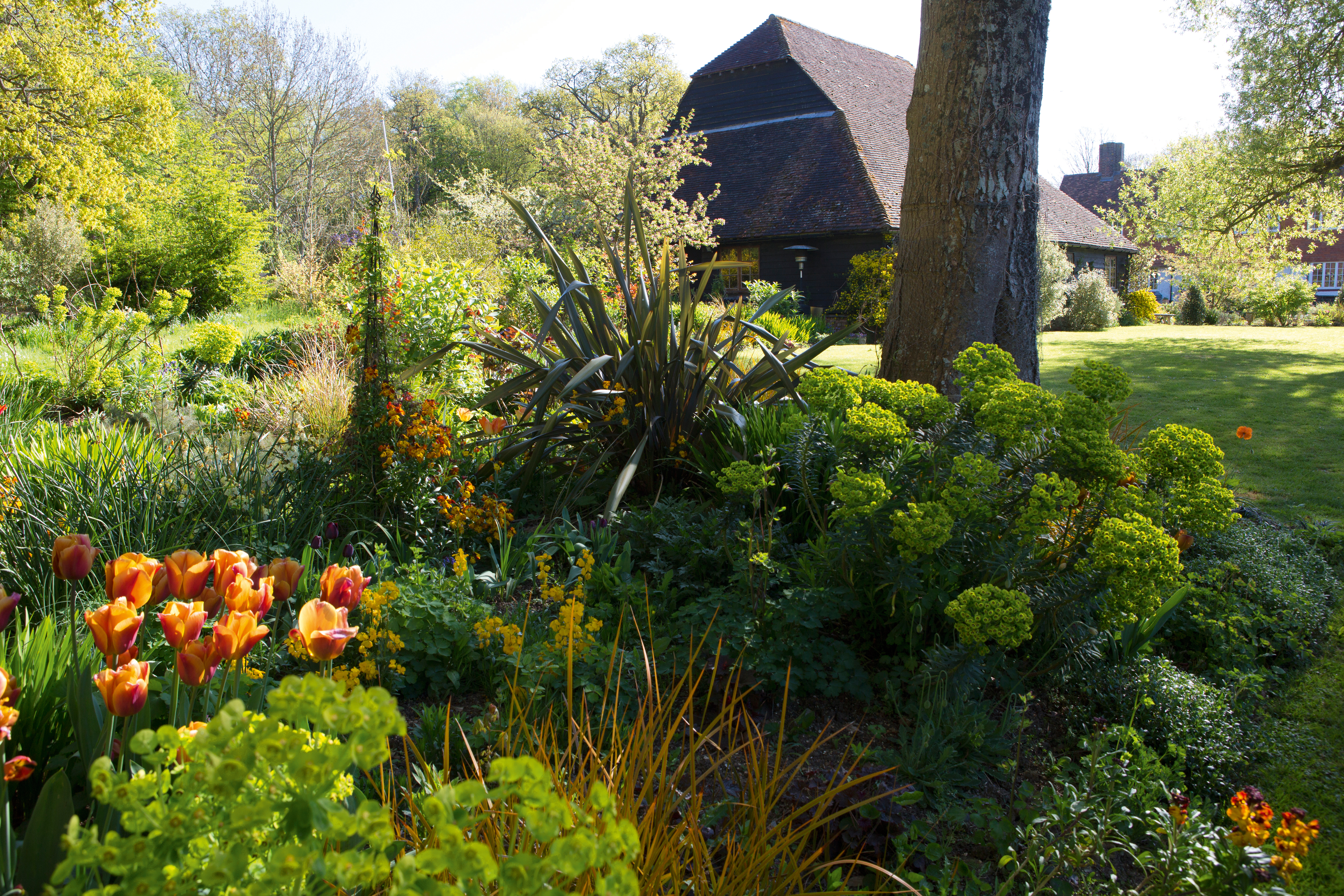
Spring is the time to start really enjoying the garden – but, unfortunately, it's also the time when your plants are most at risk from disease setting in. So learn how to spot and treat the early signs of these most common plant diseases and enjoy a healthier, better-looking garden all year round.
When you've finished reading, head to our dedicated garden ideas page for more gardening tips.
Chris Bonnett from GardeningExpress.co.uk advises, 'There’s nothing more disheartening than spending hours planning and planting a new flower bed or vegetable patch, for it then to be ravaged by aphids or grey mould.
'Liquid copper sprays can treat a range of different symptoms so is definitely one to keep to hand, but like most things, prevention is better than cure, so make sure you inspect newly purchased plant material for symptoms before planting them.'
1. Bacterial leaf spot
This common plant disease can affect nearly any plant in your garden, but if you have stone fruit trees in your garden (think cherry, plum or apricot), then you need to be especially aware of this plant disease.
What it looks like: Dark brown or black moist spots on your plant's leaves, sometimes with a yellow halo around them.
Cause: Bacterial leaf spot is caused by a combination of the bacterial pathogen present in the soil or seed, and warm, humid weather. Leaf spot bacteria will hibernate in the soil around your plant over winter, then transfer itself onto the plant when it's warm enough.
Treatment: The best treatment is prevention. Make sure the soil around your plant is kept clean of debris/rotting fruit, and covered with mulch to prevent the bacteria spreading. Always water your plants from below, avoid drenching leaves with water. If you can see the disease, try spraying with a solution of baking soda (two teaspoons in a spray bottle), vegetable oil such as olive oil, and natural soap. Be careful, though, as this solution can be harsh on the leaves, so less is more.
A photo posted by @gardenbythebeach on Aug 24, 2018 at 7:33pm PDT
2. Black root rot
Black root rot is actually a form of fungal infection, and can be difficult to distinguish from other fungal plant diseases. Bedding plants including petunias and pansies are particularly prone to this disease.
What it looks like: The visible parts of the plant may be wilting or yellowing, but the only way to detect it for certain is by inspecting the root, which will indeed appear black.
Cause: The fungus Thielaviopsis basicola which spreads via spores. Once the fungus is present in your gardening pots/surfaces, it can become very persistent.
Treatment: Be very careful when selecting plug-in plants at garden centres. Inspect both the plant, and the root once you are ready to plug it in your garden. Discarding any plants that look infected is much more sensible long-term than having all your other plants infected. Try keeping your soil at a pH below 5.5, as more acidic soil tends to be more resistant to fungus. Avoid overwatering your plants, allowing the soil to dry between watering.
A photo posted by @terrakottapotta on Jul 10, 2018 at 10:51am PDT
3. Aphids
Aphids are probably the most common plant disease in UK gardens, omnipresent, though not difficult to treat if you catch them early. Aphids feed on pretty much everything from juicy leaf stems to flower buds.
What it looks like: Tiny, soft-bodied insects that cluster on the undersides of leaves, and all over stems or buds. They can vary in colour from green to white and even pink.
Cause: Plant aphid eggs are so tiny that they're not detectable by the naked eye, and can withstand sub-zero temperatures, meaning that they will overwinter on a plant without you knowing, before you introduce it to your garden. Once the first generation of aphids has hatched, they will colonise every plant they can.
Treatment: Fortunately, with a bit of perseverance, you can control aphid populations, preventing them from destroying your favourite plants. This may mean sacrificing some plants to them in order to divert their hunger from your favourites. Plant nasturtiums (irresistible to aphids) next to plants you want to preserve. If aphids are already present on your roses or other highly valuable plants, try spraying the plant with a solution of water and natural soap. The sticky soap substance will choke the aphids, without harming your plant. You have to keep spraying for several weeks, or they will come back.
A photo posted by @catcordelia on Mar 1, 2019 at 9:53am PST
4. Mildew
Mildew on your plants (just as mildew in your home) is a fungal disease, and is caused by humidity levels that are inadequate to the plant's needs. It's important to distinguish between downy mildew and powdery mildew.
What it looks like: Downy mildew appears as yellow spotting on leaves, with fuzzy, grey-white fungi on the underside of the leaves. Powdery mildew begins as raised, blister-like areas on the leaves and then a powdery substance. In both cases, the leaves will eventually shrivel up and fall off.
Causes: Downy mildew thrives in cold and humid conditions, especially in the spring. Overwatering during spring is a common cause. Powdery mildew occurs when the plant soil is too dry, but the surrounding atmosphere is humid and warm.
Treatment: Keeping the soil in optimal condition is essential to avoiding both of these conditions. In the spring, water sparingly and always in early morning, in order to allow the plants to fully dry out between watering. In the summer, make sure that the plants are watered regularly.
5. Mealybugs
Mealybugs are one of the most unpleasant plant pests: they are very persistent, and they spread very quickly. They are especially common in greenhouses and indoors, destroying everything from citrus trees to juicy-stemmed house plants.
What it looks like: Small, white, segmented insects that cover plant stems and leaf nodes, leaving a sticky white, waxy residue.
Cause: Mealybugs are typically brought in with new plants, so be very careful when buying.
Treatment: If you spot mealybugs on one of your plants, isolate it immediately. Treat by removing the insects with an alcohol-soaked cotton bud. Be patient: this will take a while. Do not re-introduce the plant into your greenhouse/house plant area until all the insects are completely gone.
A photo posted by @daniella_inthegarden on Feb 27, 2019 at 5:50am PST
6. Rust
Rust is a common fungal plant disease affecting all kinds of plants, from fruit trees to shrubs, grasses, and bulbs.
What it looks like: Brown spots on leaves at first, which are later covered by spreading, powdery, rust-like substance.
Causes: Rust, like all fungal diseases, needs specific conditions to thrive in. In this case, it's a lack of sunlight combined with warmth and high humidity, which makes British gardens especially vulnerable to this disease. A sudden increase of sunshine once the disease has set in actually helps it progress further, drying off and killing the leaves.
Treatment: Pick off any infected leaves regularly; avoid sprinklers and always water in the mornings, allowing your plants to dry out during the day.
Need more plant-related advice?
Join our newsletter
Get small space home decor ideas, celeb inspiration, DIY tips and more, straight to your inbox!
Anna is a professional writer with many years of experience. She has a passion for contemporary home decor and gardening. She covers a range of topics, from practical advice to interior and garden design.
-
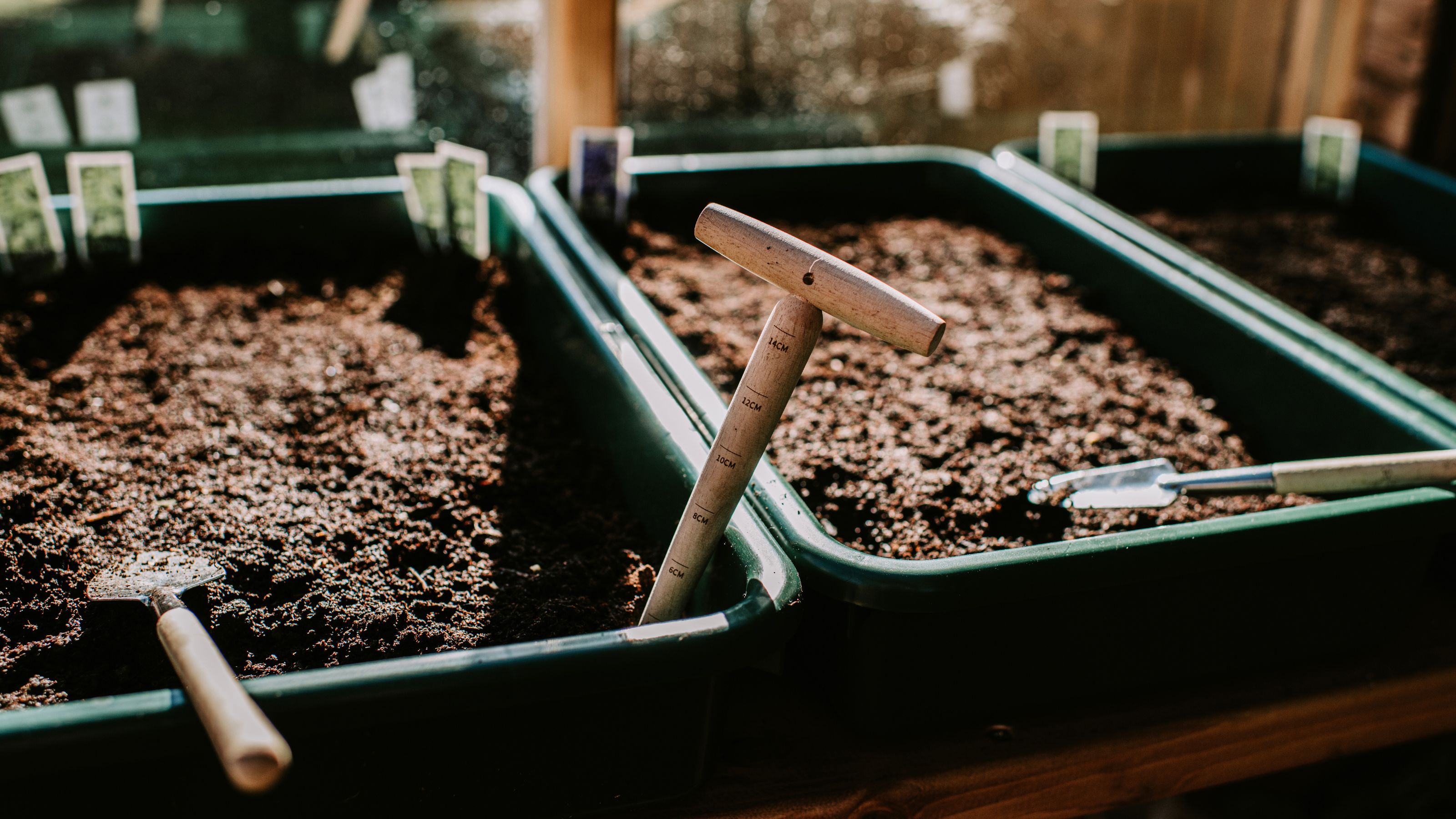 How to make compost — 8 easy steps gardening pros always use
How to make compost — 8 easy steps gardening pros always useLearn how to make compost at home in seven easy steps, whether you have a bin or want to create a compost heap. We've asked pros for their top tips
By Eve Smallman
-
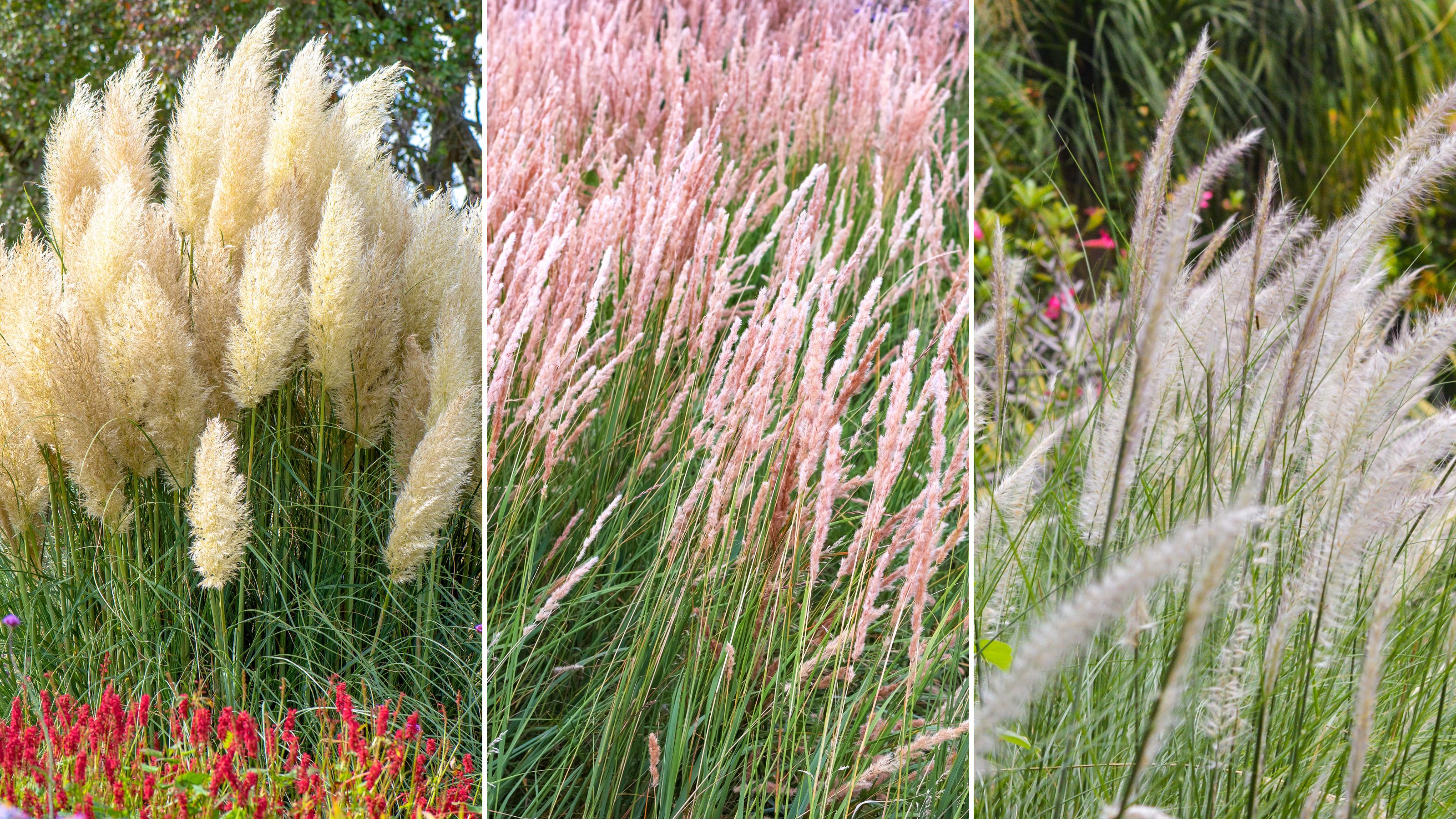 Planting ornamental grasses — the best types experts love and how to grow them
Planting ornamental grasses — the best types experts love and how to grow themWe've got you covered on planting ornamental grasses, speaking to experts about what ones to grow, how to grow them, and factors to consider
By Eve Smallman
-
 "Grotty" terrace is transformed with French flair and Ibiza vibes in the garden
"Grotty" terrace is transformed with French flair and Ibiza vibes in the gardenEsther Pillans' tired-looking Victorian terraced house was given a makeover with a touch of Parisian chic
By Ellen Finch
-
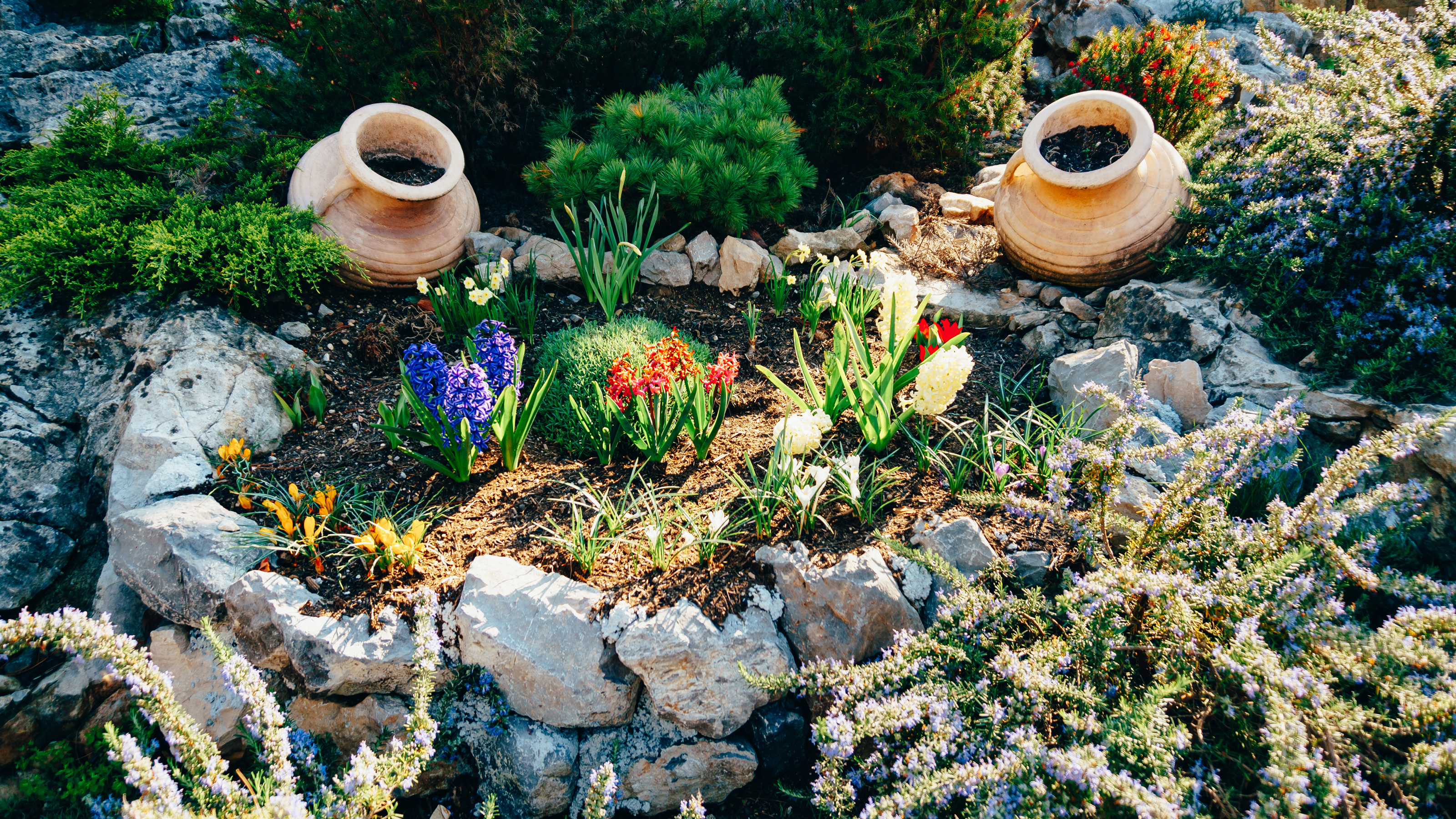 Rock garden ideas – 10 DIY ways to create a rockery
Rock garden ideas – 10 DIY ways to create a rockeryThese rock garden ideas are suitable for outdoor spaces big and small. Create your own rockery on a lawn or even on a balcony with just a few materials.
By Anna Cottrell
-
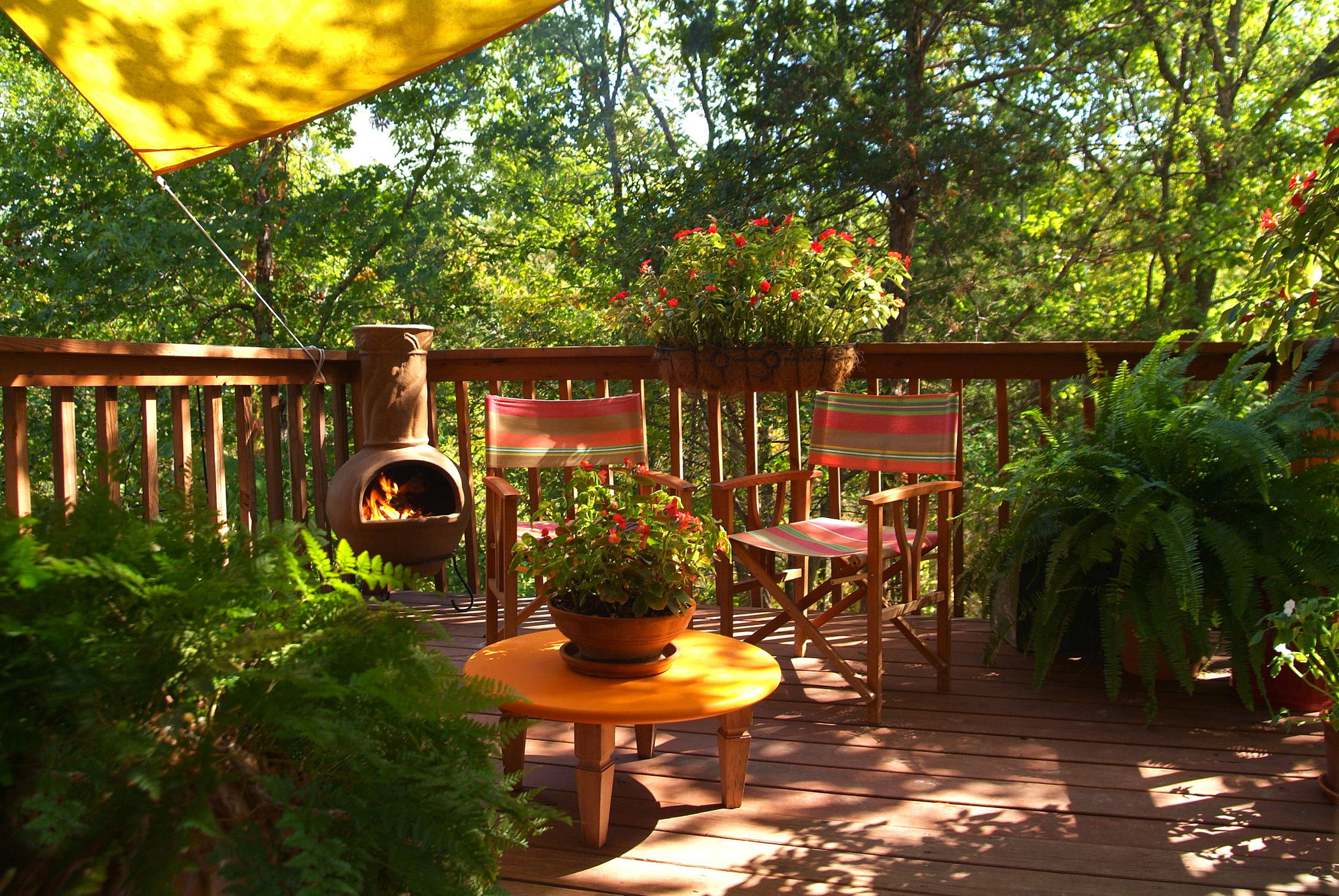 Cabin fever? These chimineas will extend the life of your patio
Cabin fever? These chimineas will extend the life of your patioThis cold-weather season, cozy up to our favorite chimineas!
By Brittany Romano
-
 5 outdoor summer essentials to prove Society6 is your one-stop-shop this season
5 outdoor summer essentials to prove Society6 is your one-stop-shop this seasonCheck off all of your outdoor summer essentials by shopping exclusively at Society6.
By Brittany Romano
-
 The first-ever Etsy outdoor sale is happening now, and we're buying these 5 items
The first-ever Etsy outdoor sale is happening now, and we're buying these 5 itemsFor a limited time, this Etsy outdoor sale will give your backyard the facelift it needs — at a fraction of the cost.
By Brittany Romano
-
 The benefits of houseplants – 8 feel-good ways plants help your health
The benefits of houseplants – 8 feel-good ways plants help your healthEnjoy the many benefits of houseplants. Air-purifying, anxiety-soothing, mood boosting and more positive vibes.
By Camille Dubuis-Welch